Social Media Glossary: 59 Social Media Terms to Know
Carol has been ramping up her company’s social media presence to try and reach its target audience. As she’s researching more ways to build up her presence on social media, she’s coming across phrases like “That’s cap” and “Check out my Bitmoji.” Carol feels confused — what do these terms mean?
If you’re like Carol, you’ve also come across social media terms and weren’t sure what they meant. And that’s okay! That’s why we’ve created this social media glossary to help you out. We’ve created a list of 59 social media terms you’ll come across as you market your business through social media platforms!
Keep reading to check out our list of social media jargon!
Make their decision easy with a stellar social media presence. See how your brand can make it happen by requesting a no-obligation proposal today.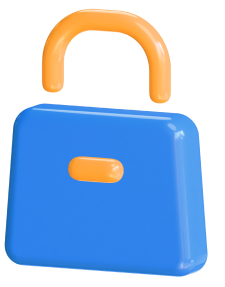
74% of people use social media when making a purchasing decision
Social media glossary: A-E
AMA (Ask Me Anything): AMA, or Ask Me Anything, is an interactive post where people can ask someone questions and get answers in real-time. This term is one of the most common social media marketing terms on platforms like Reddit. Numerous celebrities and companies host AMAs to connect better with fans and followers.
Artificial Intelligence (AI): Artificial Intelligence (AI) uses machine learning to adapt to the way humans think — think of chatbots or home assistants like Alexa. This software is used to provide a better experience for customers in a more efficient manner for your business. See Chatbot.
Avatar: An avatar is a visual representation of someone created in a digital context. Avatars use computer-generated images, typically as a profile picture on someone’s social media page. See Bitmoji.
Bio: Bio is one of the many social media terms referring to a section where users provide details about themselves. On some platforms, it may be called an “about” section.
Bitmoji: Bitmoji is a customized avatar that can be added to your social media profiles. Bitmoji is used frequently on Snapchat. It’s a social media term that’s used synonymously with the term avatar. See Avatar.
Boosted post: A boosted post is when brands take a social media post and run it as an ad to people who haven’t followed the brand’s account but are likely interested. It’s a simple form of advertising companies use, as you can take a post from your profile and show it to new people. See Native Advertising.
Brand awareness: Brand awareness is creating recognition and recall of your brand with your target audience. Many companies use social media to help new people become aware of their brand and learn about them.
Carousel: Carousel is a format option for advertising on social media where you have multiple cards with images and text that users can click through. This term is one of the social media buzzwords you’ll see across all platforms, as every platform offers the carousel format for advertising.
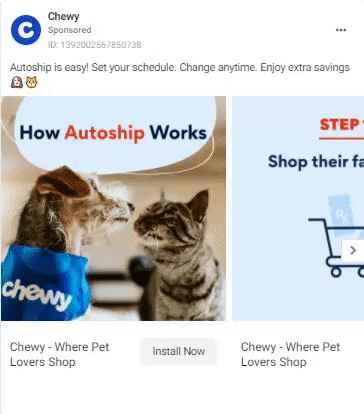
Chat: A chat is an online conversation people have with one another through social media platforms. As a business, you’ll typically chat with prospects through the direct messages feature on each social media platform. See Direct Messages.
Chatbot: Chatbots are a type of bot that can answer questions and perform simple tasks using artificial intelligence (AI). These bots are typically used on platforms like Facebook Messenger, where you can program these bots to provide customer service, make shopping recommendations, and more.
Clickbait: Clickbait refers to social media content that has a misleading headline to get prospects to click on the link and read the full story, which often doesn’t live up to the hype of the headline. This term is one of the social media buzzwords you don’t want to see associated with your content, as it has a negative connotation.
Clickthrough rate (CTR): Clickthrough rate (CTR) refers to the measure of how many people see your ad and decide to click on it to learn more. This social media terminology is used in reference to social media ads. The formula to calculate this performance metric is the number of clicks divided by total impressions.
Community manager: A community manager is a person who nurtures relationships with brands and followers to keep them interested in the company. These managers interact with followers and monitor their behavior on content to find new ways to interact with the community.
Conversion rate: Conversion rate is one of the most important social media marketing terms to know — it refers to people completing a desired conversion action, like buying a product or signing up for an event. This metric is critical to track because it measures your social media growth.
Crisis management: Social media crisis management refers to how you handle big problems that arise on social media regarding your brand. These problems can be anything that’s damaging to your brand, like DiGiorno’s famous #WhyIStayed blunder. Crisis management is critical for helping you handle any blunders that happen on social media.
Crowdsourcing: Crowdsourcing is a social media marketing term that refers to reaching out to your online community to get new information, content, or ideas. It’s a great tactic to build a stronger and more interactive community that gets the experience they want.
Direct message (DM): Direct message (DM) refers to sending a private message directly to another user’s social media inbox. Direct messages are an excellent medium for prospects to reach your business and ask critical questions. You can integrate chatbots to help manage your DMs.
Disappearing content: Disappearing content is content that deletes itself after a set amount of time has passed. The Stories feature on all social media accounts is a prime example of this — the content disappears after 24 hours. It’s a great medium to create fear of missing out (FOMO) with your audience.
Emoji: Emojis are small cartoonish images that people include in their posts. They vary widely from a basic smiley face to objects to symbols. Using emojis can help make your brand more relatable to your audience, especially if they use emojis.
Social media glossary: F-J
Feed: Feed is a generic term for the content users see when they log into their social media account. This feed is made up of posts from people they’re friends with, suggested pages and posts, and social media ads.
Follower: A follower is someone who decides to subscribe to your account or page so that they can get regular updates from your business.
Handle: Handle is social media jargon for username on Twitter. You can tag someone’s user handle in a tweet by using the @ symbol.
Hashtag: A hashtag (#) is a word or phrase people use to describe their content and help it appear in searches for that content topic. These hashtags help users find trending topics and become part of the conversation by using the hashtag.
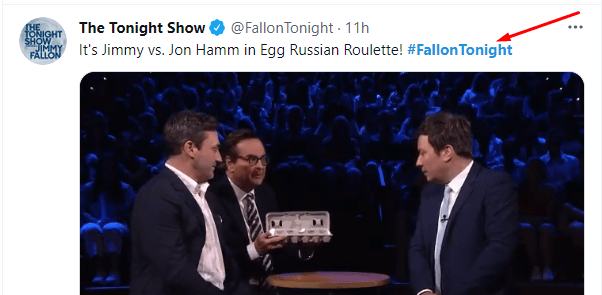
Impressions: Impressions measure how many times your post has been shown in a users’ feed. This metric counts every impression, even if your post is delivered to the same user ten times.
Influencer: Influencers are people who have a large audience base (1 million+) that follow them and use them to get information about products, people, places, and more. This term is one of the most commonly mentioned social media terms, as many companies want to connect with these influencers to promote their products. See Microinfluencer.
Insights: Insights offer businesses information about their pages’ performance. You can see insights on platforms like Facebook and Instagram. This information will help you see how your content performs for your audience.
Social media glossary: K-O
Key performance indicator (KPI): Key performance indicator, or KPI, is a piece of social media jargon you’ll hear marketers say often. KPIs are metrics that indicate your social media campaigns’ success. They’re essential to track so you can see if your campaign drives the results you desire, and if not, you can find ways to improve.
Like: A like is a way for people to show that they enjoy your content on social media. On Facebook, it’s a thumbs up, while other platforms like Instagram and Twitter use hearts.
Lurker: A lurker is a person who checks out your content, messages, and other interactive elements but rarely leaves comments or feedback.
Meme: A meme is a text, video, or image that goes viral that users can use to create their variation of the joke. Part of the reason it goes viral is that people participate by taking the picture to make it their own and spreading it to their followers.

Microinfluencer: Microinfluencers have a couple thousand to a few hundred thousand followers who look to them for advice and information. While they don’t have as big of an audience as influencers, they have a more niche audience, creating opportunities for businesses to reach the right people.
Native advertising: Native advertising is a form of social media advertising where your ad matches the format and style of a regular post. They have a “sponsored” label attached to them but look like a normal content post. See Boosted Post.
Newsjacking: Newsjacking involves hopping on current events with your social media to engage with your audience. This social media terminology means that brands post about events and relate them to their brand without pre-planning.
Organic reach: Organic reach is how many unique people you reach with your content without promoting it through paid channels. Organic reach occurs from followers engaging with posts or people seeing their social media friends sharing or engaging with the content.
Social media glossary: P-T
Pin: Pin is one of the social media terms reserved exclusively for Pinterest. A pin refers to the individual content posts on Pinterest. Users can create and repin others’ posts to their profiles. See Repin.
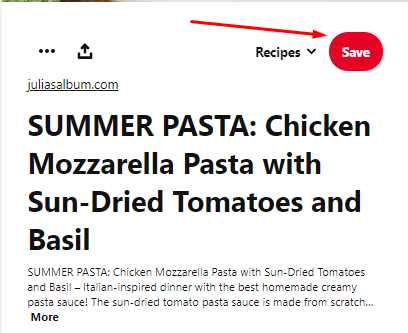
Pinned post: A pinned post is a social media post that appears attached at the top of a company’s Facebook or Twitter profile feed. It’s a great way to draw attention to important content long after you’ve posted it.
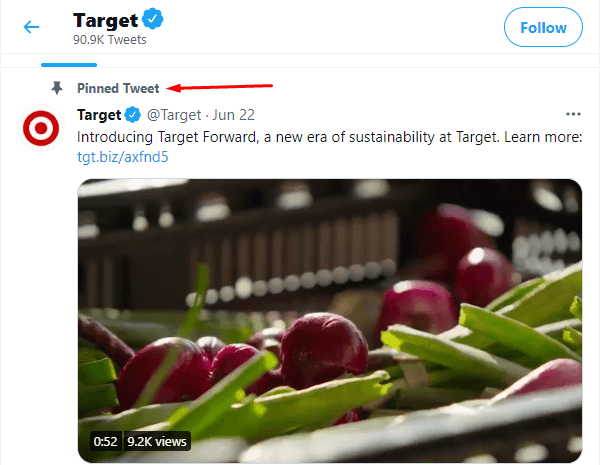
Post: A post is anything you share on social media, from photos to videos to status updates.
Regram: Regram is one of the social media marketing terms exclusive to Instagram — it involves reposting someone else’s image or video. If you regram content, you want to make sure you have the original poster’s permission to post it on your Instagram. See User-Generated Content.
Repin: Repin refers to taking someone else’s Pin on Pinterest and posting it to your own profile. Users attach these pins to boards so other users can see them. See Repost.
Repost: Repost is a catch-all term for taking someone else’s content and sharing it on your profile. This reposting includes regramming, repining, and retweeting.
Retargeting: Retargeting is an online advertising strategy that aims to reengage visitors who previously visited your site but left before converting. On social media, it involves running targeted ads to people to get them to convert.
Retweeting: Retweeting refers to sharing someone else’s content on your Twitter profile. When you retweet content, users will see it in their timeline and on your profile.
Sentiment: Sentiment is social media terminology for how people feel about your brand. It doesn’t measure the actual engagement of your brand, but rather, it measures people’s feelings and attitudes towards your brand.
Social listening: Social listening refers to hearing what’s said about your brand. When you do social listening, you typically follow posts about your company, industry topics, or particular influencers to see what people say about your brand.
Social media monitoring: Social media monitoring involves tracking what’s being said about your brand online and how people interact with your content. It’s similar to social media listening, except that it’s more focused on gathering data about how people interact with your brand.
Social selling: Social selling involves using social media tools to help your business find valuable leads that you can turn into customers for your business. It’s a great strategy to hyper-target prospects and build meaningful relationships with them.
Sponsored posts: Sponsored posts are posts that celebrities and influencers create where they endorse a product. These influencers are paid to promote the products to their followers. To indicate it’s a paid post, they use hashtags like #ad or #sponsored.
Stories: Stories are temporary content that only lasts 24 hours that you post to your business’s page. They appear at the top of a users’ social media feed.
Tag: The social media term “tag” means to mark someone else’s profile in a post or a photo, which notifies them of the tag. Businesses use tagging to get their followers to tag someone they know on a post and expose those people to their business.
Thread: A thread is a string of postings or messages that make up a conversation. Different people reply to a post or comments within the post and create an entire record of information about a topic. Websites like Reddit are built on creating community threads.
Tweet: Tweet is one of the social media terms specific to Twitter — it’s what they call the posts that people make on their timeline. “Tweeting” is the name for posting on the platform.
Troll: Troll is one of the biggest social media buzzwords, as many companies have to deal with them. Trolls are people who deliberately try to be offensive, negative, or annoying to try and provoke other people or provoke your brand.
Social media glossary: U-Z
Unfollow: If someone unfollows your business, they unsubscribe to your content and will no longer see it in their feed.
User-generated content: User-generated content, or UGC, is when brands take posts from people with their permission and share them on their social profiles. It’s an excellent tactic for showing users how others experience your brand. See Crowdsourcing.
Vanity metrics: Vanity metrics are metrics that look good on the surface but have no true value in showing your business’s success, like the number of followers. This term is one of the most critical social media terms to know because you don’t want to put too much emphasis on these metrics, as they don’t define the effectiveness of your strategy.
Verified: Verified means that you have proven your identity to the social media platform and, in return, received a checkmark of verification next to your name on your profile. Verified is typically reserved for celebrities, famous brands, and other public figures to prevent users from interacting with fraudulent accounts/copycats.
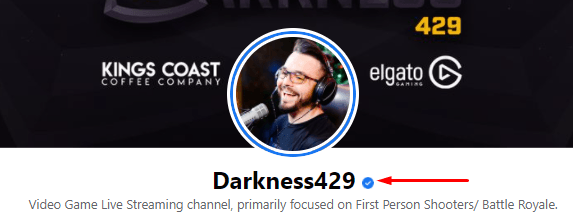
Viral: When a post goes viral, it means that there’s a substantially large number of engagements with a post that’s often unexpected. This social media buzzword means that a post is spreading across the Internet rapidly and becoming increasingly popular.
Vlogging: Vlogging is a form of blogging through a video format — the name is a combination of “video” and “blogging.” This social media jargon also transfers into a noun. Someone who vlogs is a “vlogger.” People who vlog typically share what’s happening in their daily lives with their followers.
Webinar: A webinar is an online broadcast of a presentation designed to educate an audience. People watch the online presentation of the information from their computer or similar device and interact with the presenter through a chat or video.
Ramp up your social media marketing efforts today
Now that you know all the social media marketing terms you need to know, you can ramp up your social media efforts confidently. But if you feel like you need more help with your social media marketing efforts, WebFX can help.
We have a team of over 300 marketing experts that know how to run social media campaigns that drive results. In the past five years, we’ve driven over $2.4 billion in revenue and over 6.3 million leads for our clients. You can feel confident we’ll help your social media campaigns succeed.
Ready to give your social media a boost? Contact us online or call us today at 888-601-5359 to speak with a strategist about our social media marketing services!